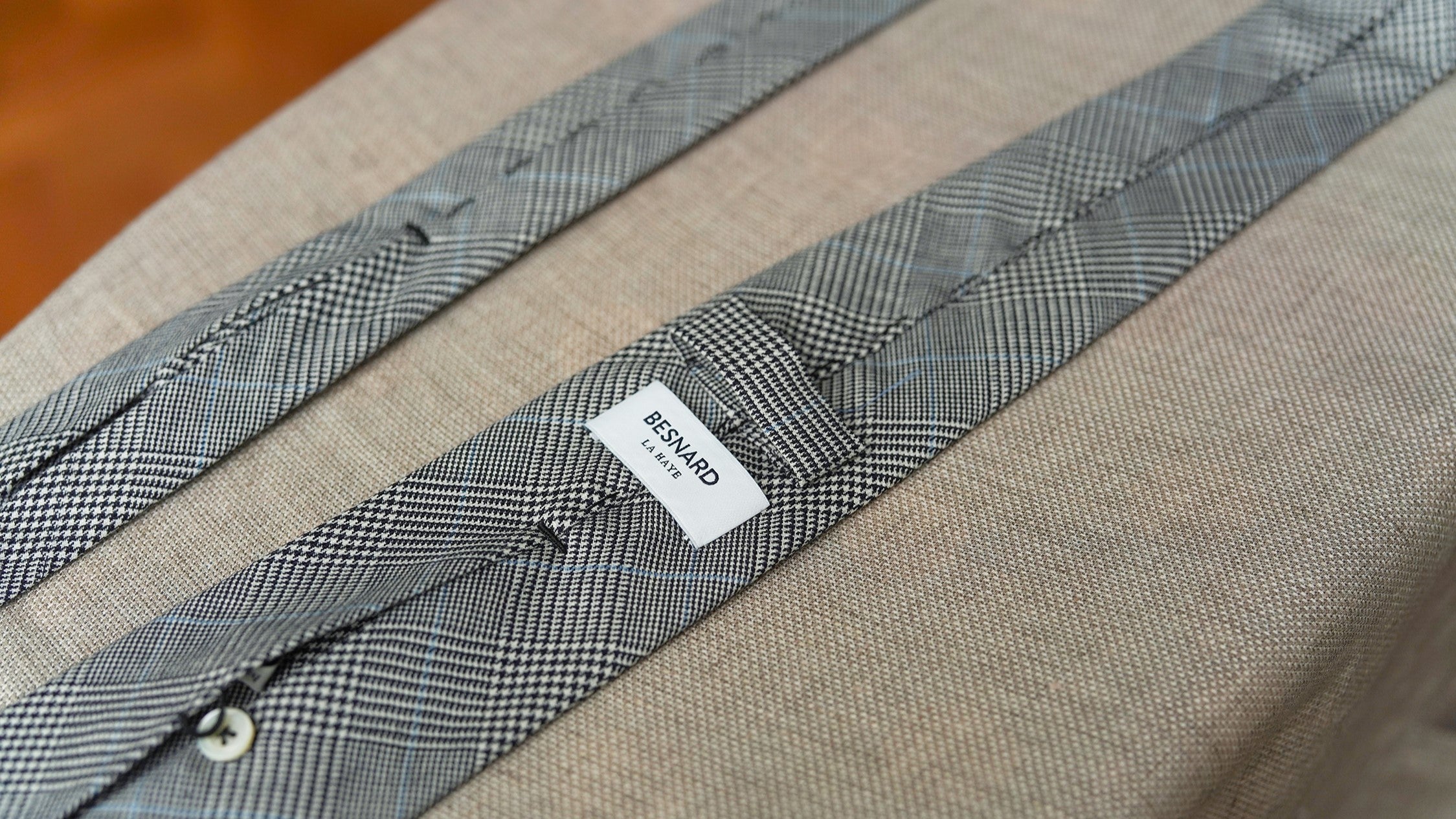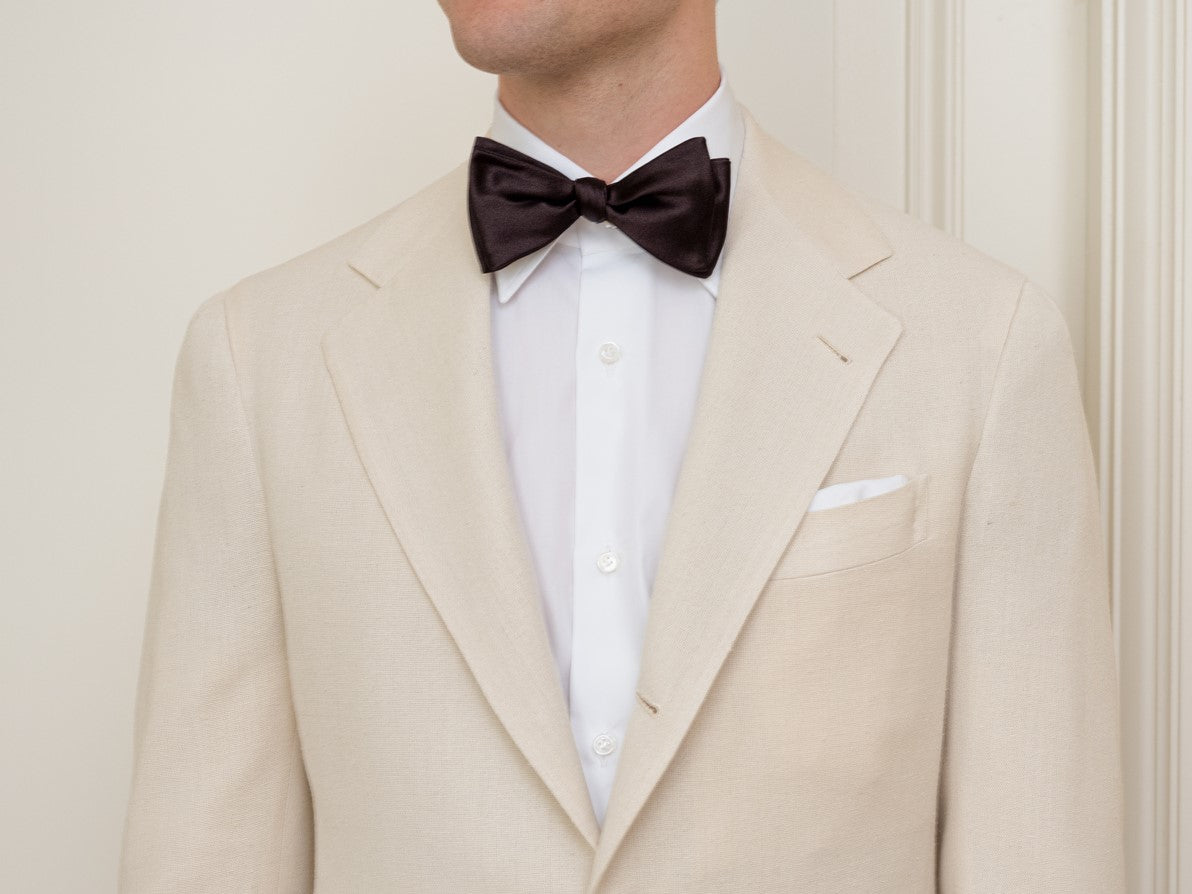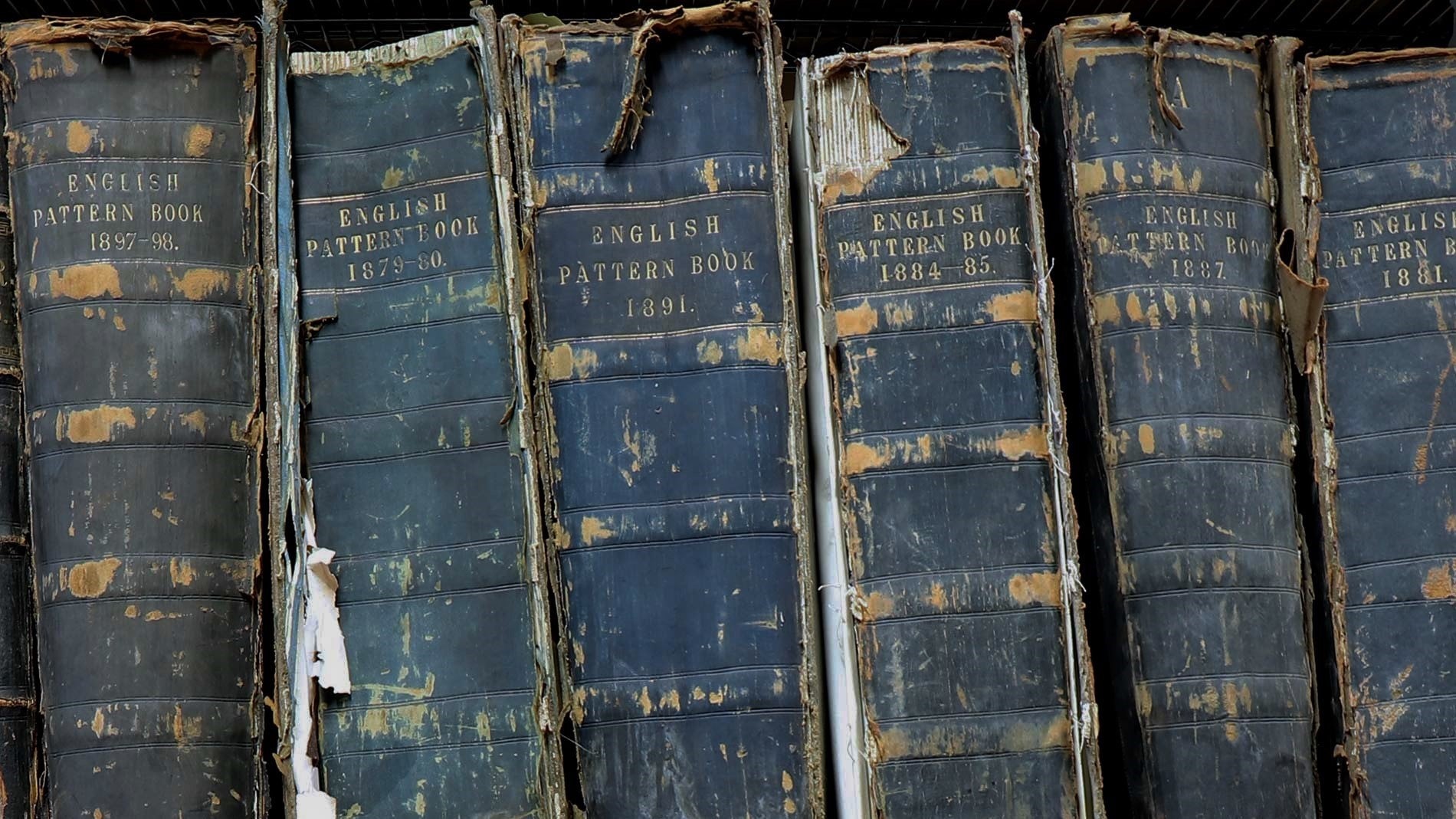
The Seven Fold Tie
One of the perks of producing in Italy, we find, is that we are able to regularly visit the factories we work with. Over the years, we’ve had the pleasure of getting to know our partners quite well. We’ve heard many stories about how fathers or grandfathers started the production line in a garage or basement, while others learned their craft from established houses but chose to start on their own.
Regardless of how the companies started, there is one thing the owners all have in common: passion for their craft. They are proud of the knowledge and skills that go into their creations. And for every artisan we work with, there is always one particular product that they consider their masterpiece.
For our tie maker in the South of Italy, this particular product is the seven fold tie. From the cutting to sewing the slip stitch, every step is done by hand and requires patience and expertise. Knowledge and skills that are passed down from generation to generation.
While a seven-fold tie might feel like an extravagance, there is a reason why they are revered as the pinnacle of proper neckwear. They drape well, keep their lines, and tie a perfect knot. They will always appear crisp and put together, elevating your look and giving you that extra shade of sophistication.
The History of the Seven-Fold Tie
To understand where the seven-fold tie comes from, you have to go back through American history to the early 1900s. In those days, neckties weren’t exactly everyday wear, particularly for the working class. Upper-class men wore them on a day to day basis, but they were not mass-produced. This was a time when every person’s wardrobe was carefully commissioned and tailored specifically for them. Department stores where hundreds of neckties were artfully arranged by color and style simply did not exist.
Instead, at the time, they would go to their haberdashery, which was a business that sold men’s clothing and accessories. The owner of the shop would keep a bolt of silk and cut each necktie as it was requested from that high-quality fabric. The haberdasher would typically fold the silk in on itself seven times and slip-stitch it together.
However, once the Great Depression hit, most people could no longer afford luxuries like custom cut silk ties and in World War II silk was requisitioned to be used in parachutes, which led to the mainstream production of the ties we see today. Eventually, the seven-fold tie was reintroduced to the market as a more selective item designed for those with discerning taste. Today, only a few artisans remain true to the original technique and create true seven-fold ties.
Making a Seven Fold Tie
Cutting the fabric
A seven-fold tie uses about twice the fabric normally needed for a 3-fold tie. The tie maker carefully places the pattern on the fabric and marks it with tailor’s chalk. The fabric should be marked precisely at a 45-degree angle so that the fabric will be cut on bias at a later stage.
This type of cut means that the fabric will drape nicely rather than twisting during wear. After cutting the fabric in the traditional way with scissors, the appropriate interlining is selected. The lining is exclusively made of pure wool and gives the tie its shape and stability.
Hand-rolling the Hems
After that, an experienced seamstress rolls the hem of the fabric and sews it together by hand. This is a time-consuming task, but hand-rolled blades give the tie a more luxurious appearance.
Pinning
The tie is then carefully folded seven times from the outer edges to the center with four folds on one side and three on the other. This gives the tie a natural heft that can be reinforced with a light lining if desired. The fabric is then folded around the wool interlining which forms the folds of the tips and carefully pinned in place.
Slip Stitch
When everything is in place, the tie is carefully stitched with a slip-stitch style by hand straight down the back, along the “lifeline”. The slip stitch is made from one long thread of which a small loop is visible at the wide end of the tie. Pulling this loop enables the tie to retain its shape after wear.
The visible slip stitch, or punto sella in Italian, is part of what makes seven-fold ties so unique. This hand finishing on the back of the tie gives it a finished look of refined elegance and since it is done by hand by experienced seamstresses, it’s another touch of high-quality craftsmanship.
Finishing
Finally, a bar tack is sewn in to help the tie keep its shape and a label giving credit where credit is due for the craftsmanship is sewn on.
Every step of this process is painstaking and carefully managed by hand. Each one of these seven-fold ties is a work of art within its own right. It provides a taste of luxury to customers and elevates the more mainstream wardrobe of the businessman to a higher level. This is an authentic piece of fashion menswear history, steeped in over a hundred years of craftsmanship.
When you wear a seven-fold tie, you are engaging with a classic look that spans a century. There is something to be said for experiencing a bit of that authentic traditionalism that can’t really be felt when wearing a mass-produced tie.

We are one of a few companies that stays true to the original seven-fold tie technique. A visible slip stitch on the inside is a nod to the traditional craftsmanship that went into this accessory and the untipped and hand rolled blades set them apart from the more mainstream neckwear options.
V. Besnard








